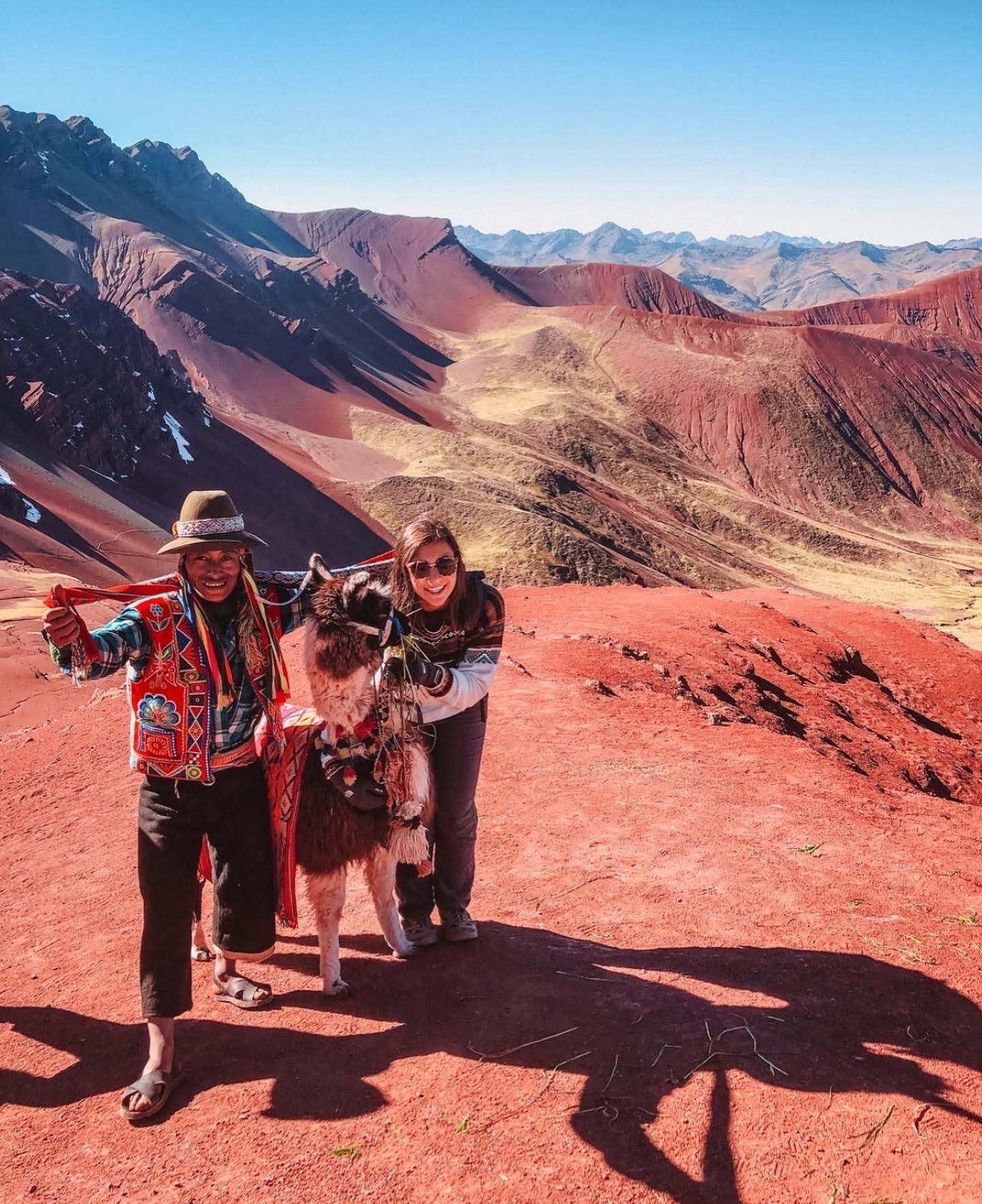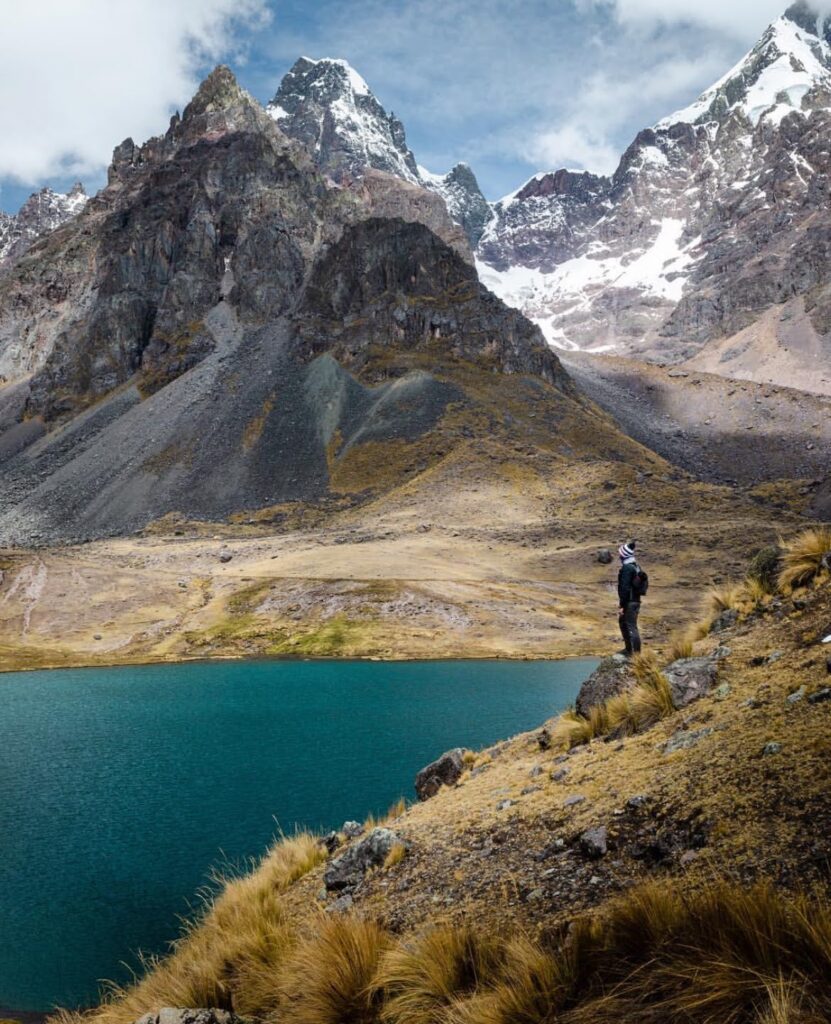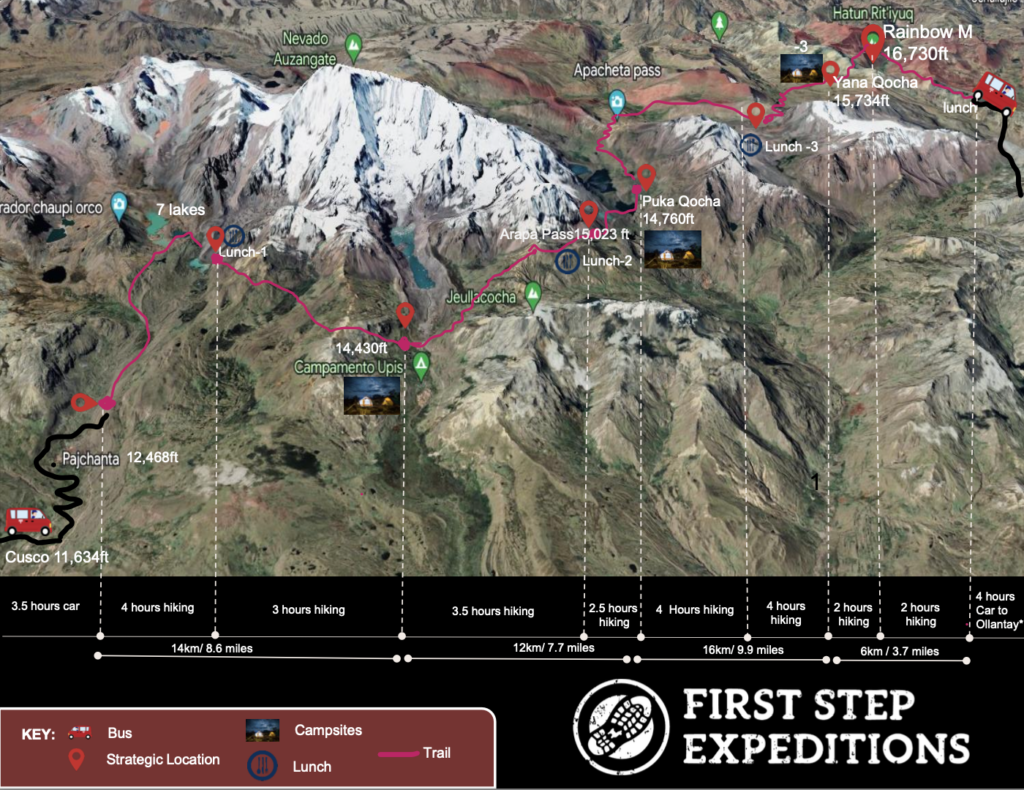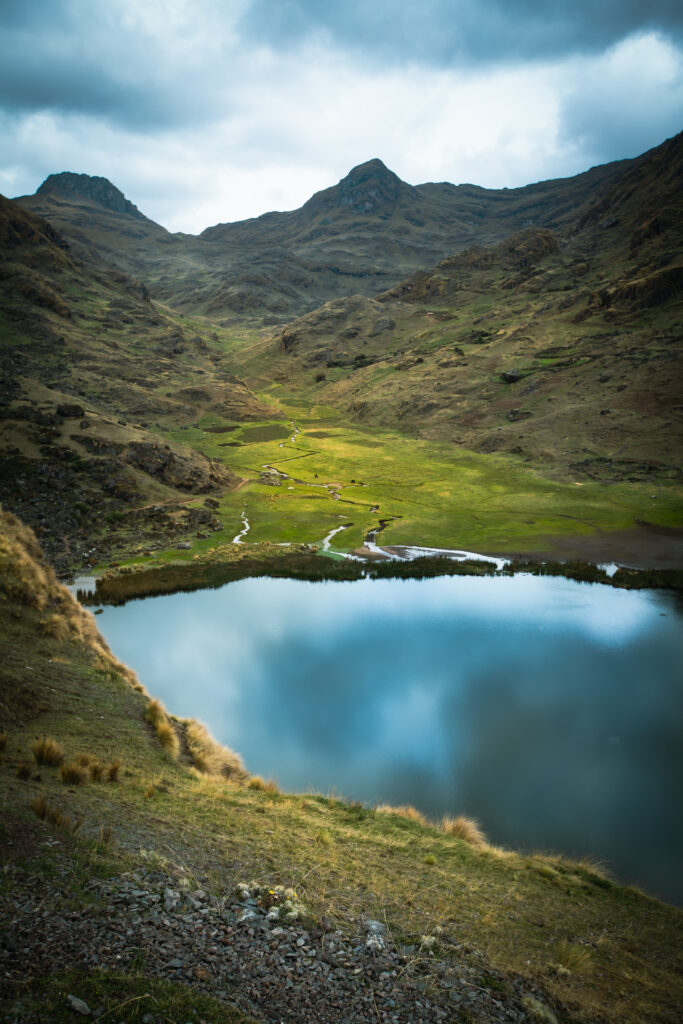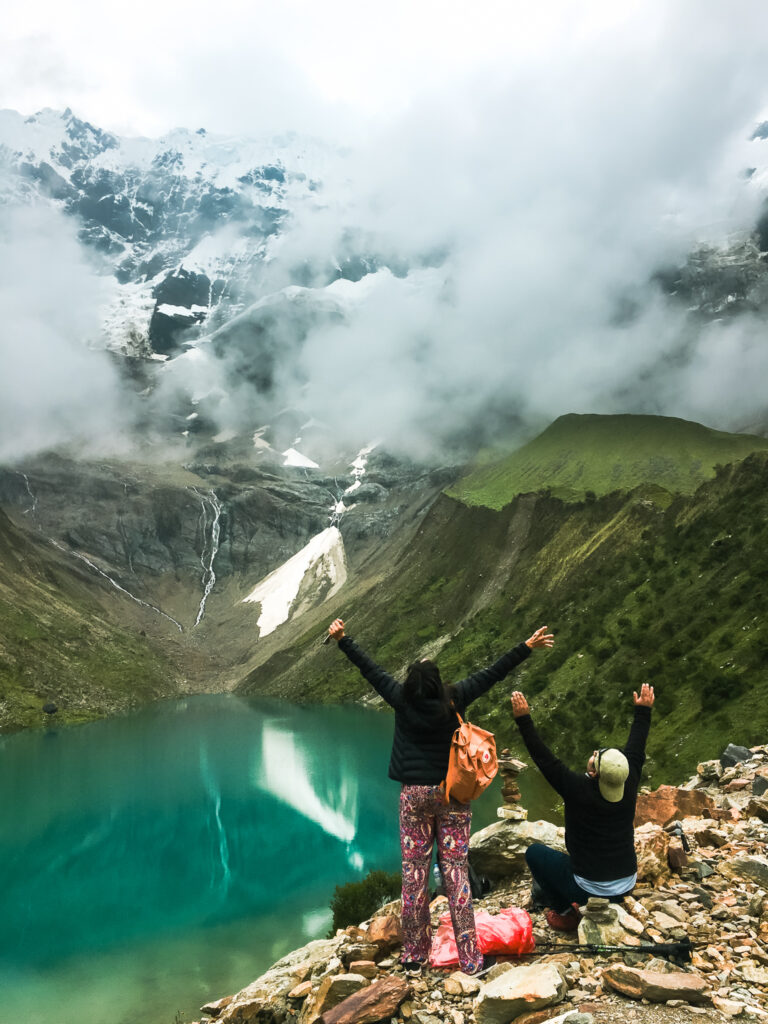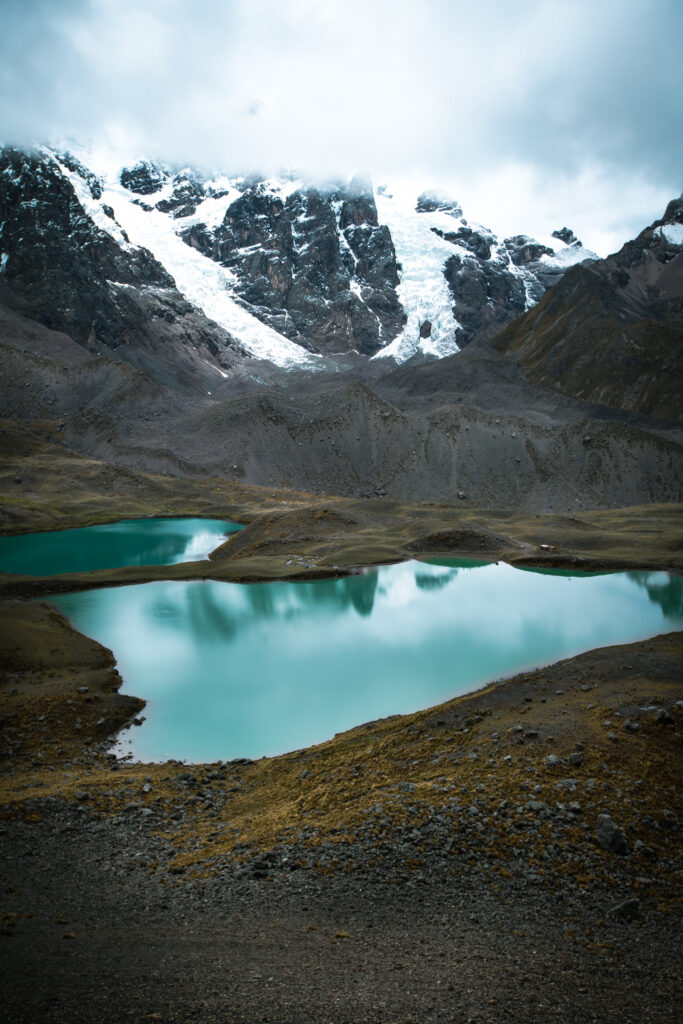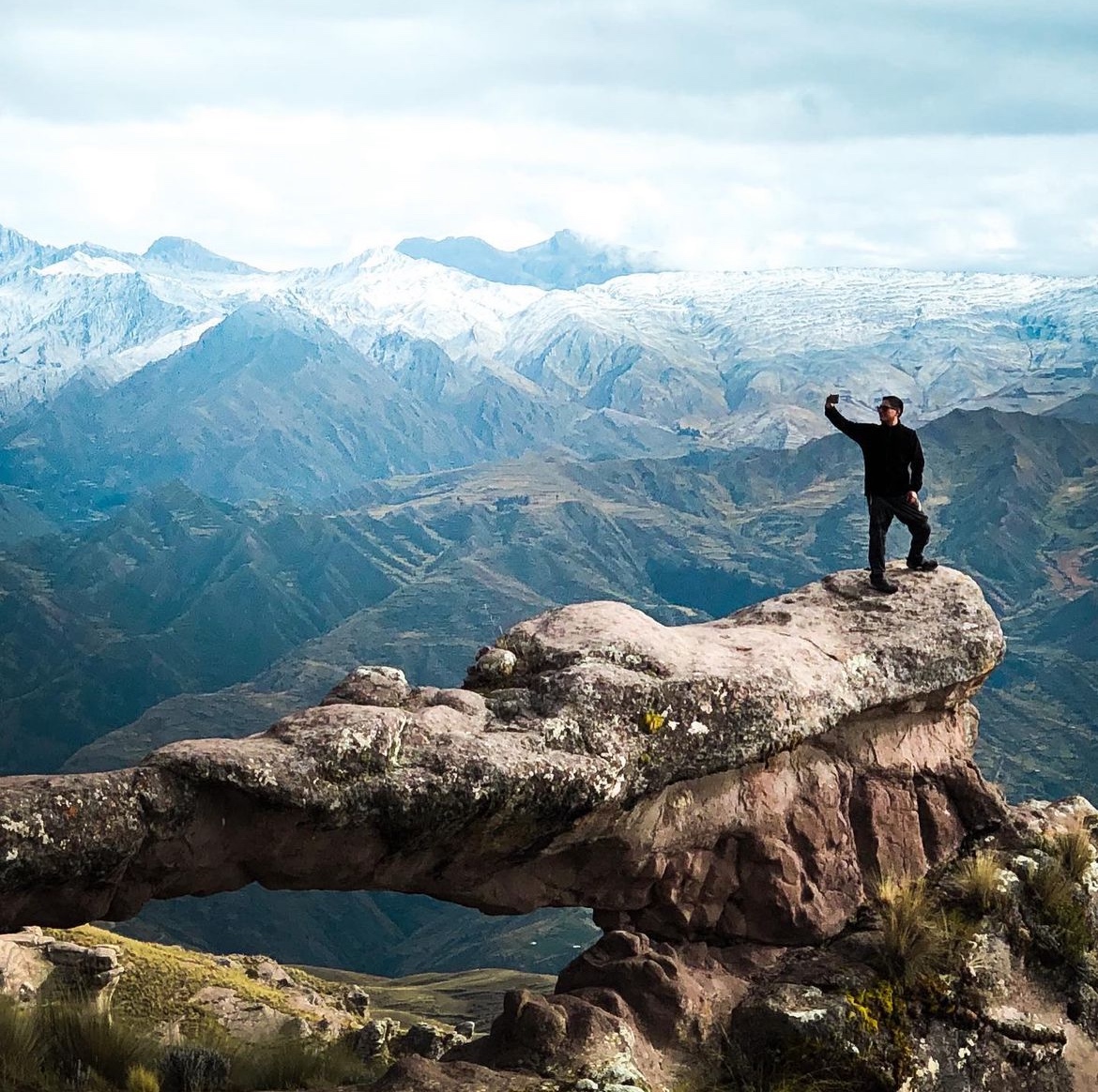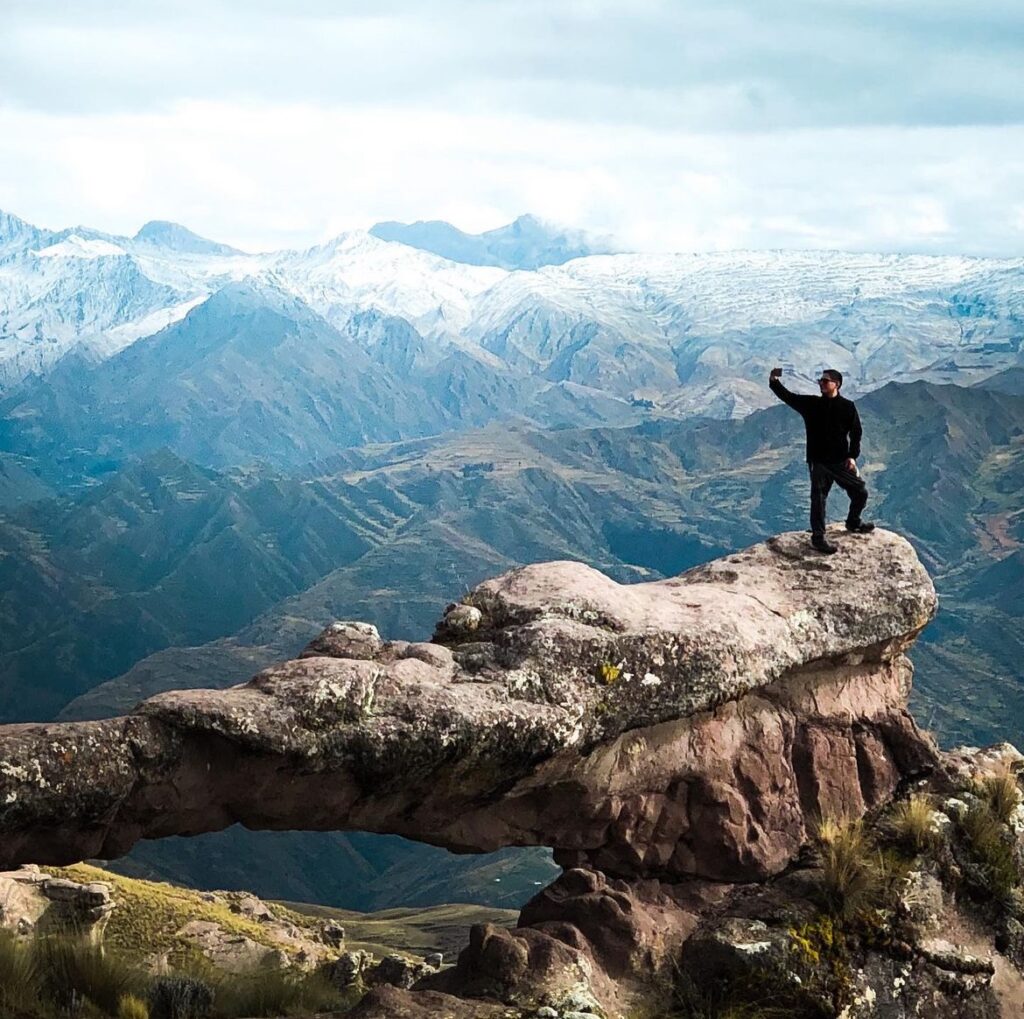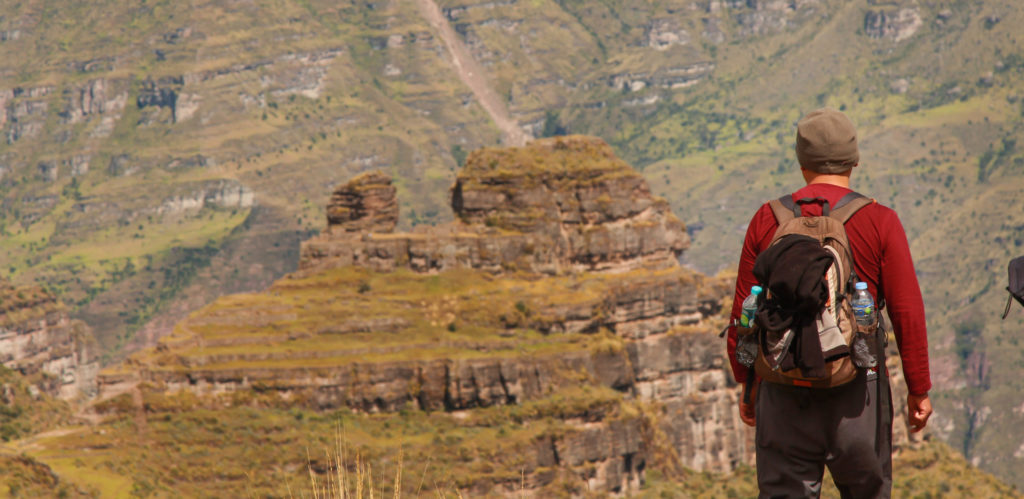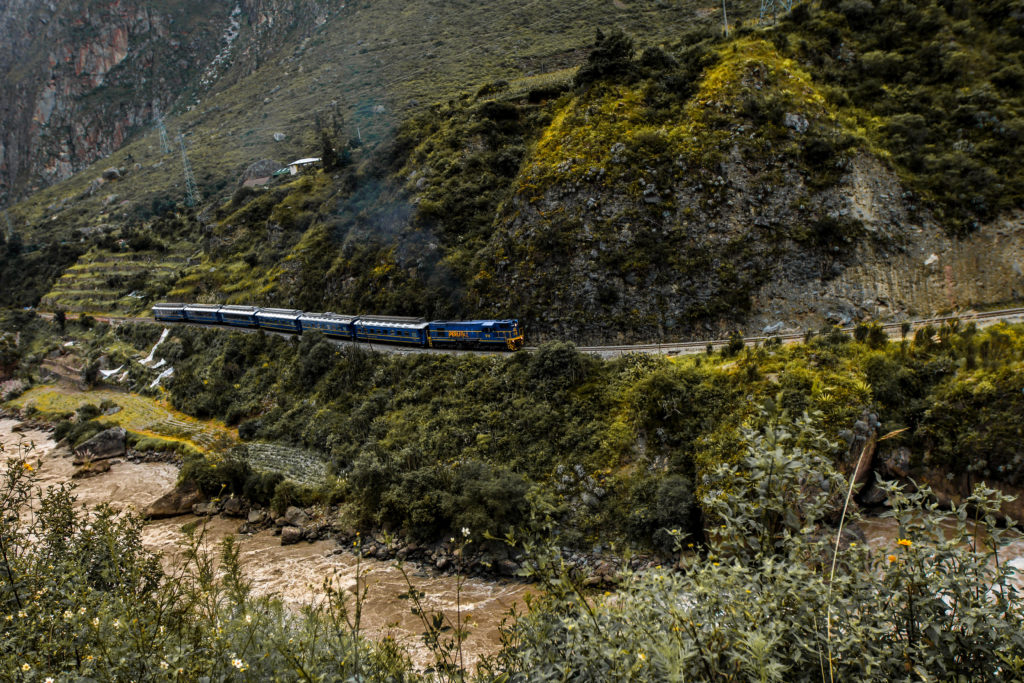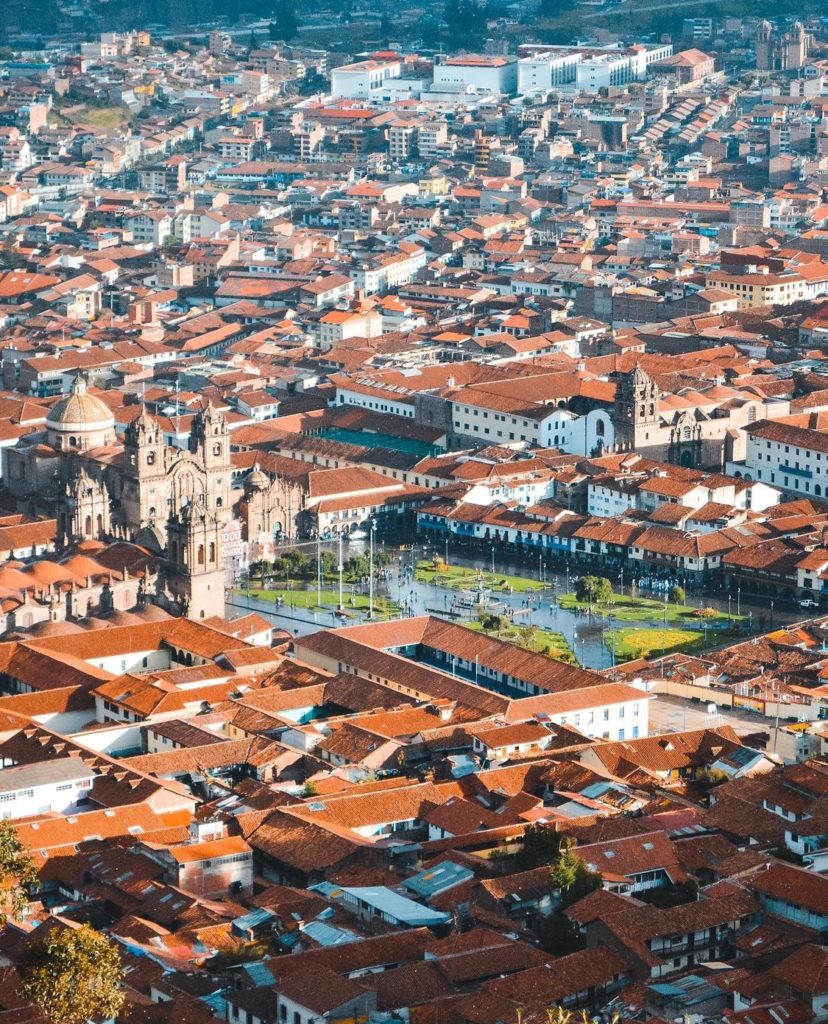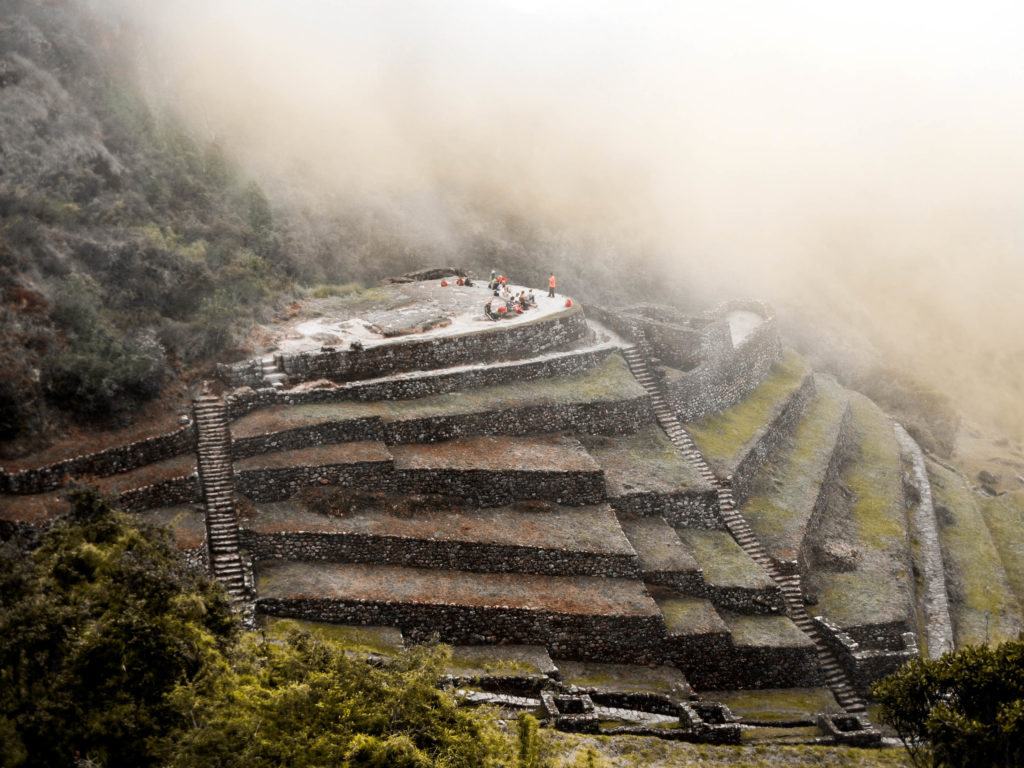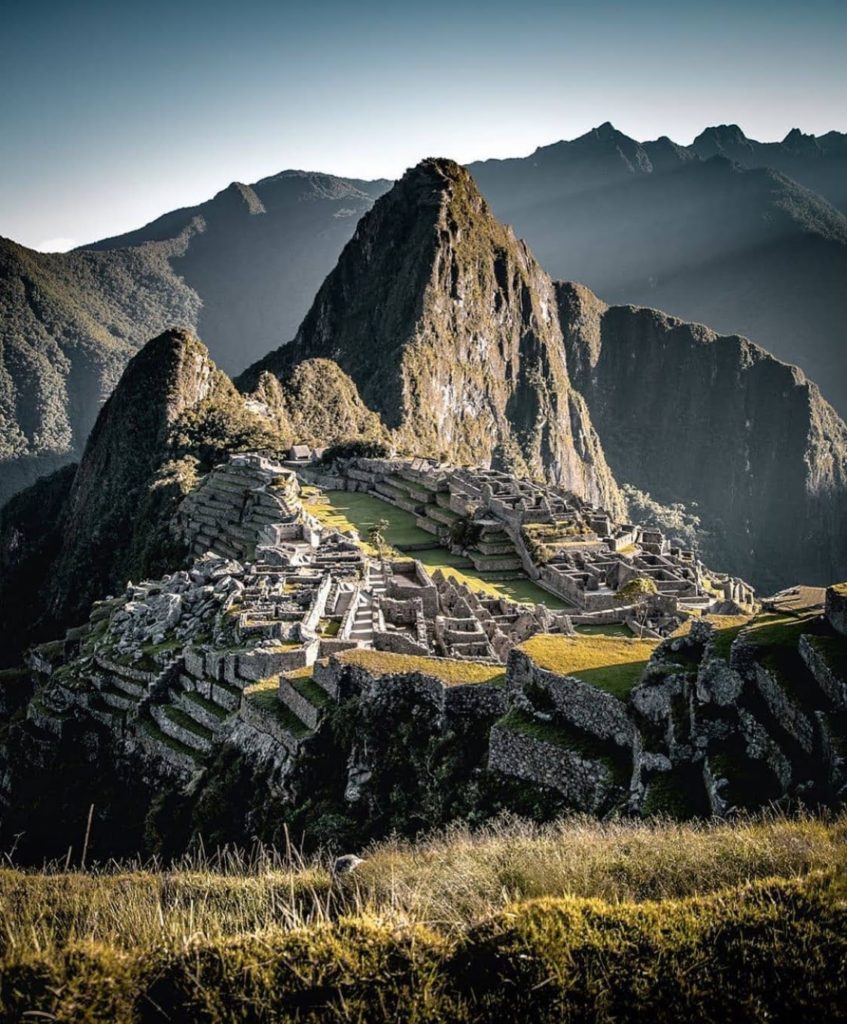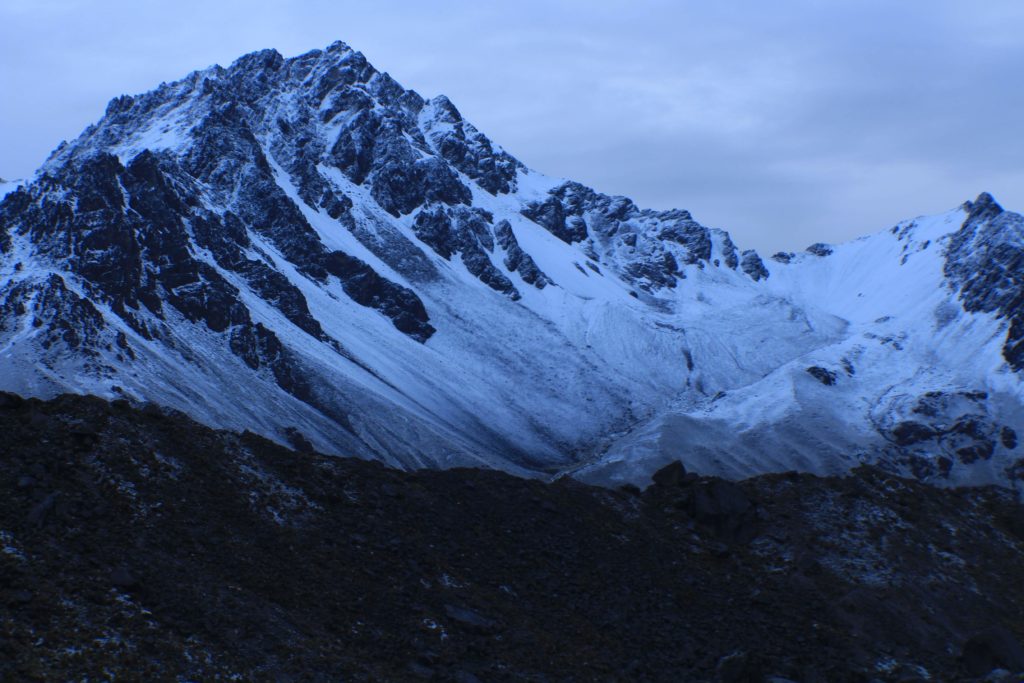If you’ve ever read anything about hiking in Peru, it’s likely you’ve heard about the high altitude being “no joke.” While the altitude does make the majority of all big hikes around here challenging, the views will offer the biggest reward you can imagine. Here are 5 of our most challenging but rewarding treks you won’t want to miss:
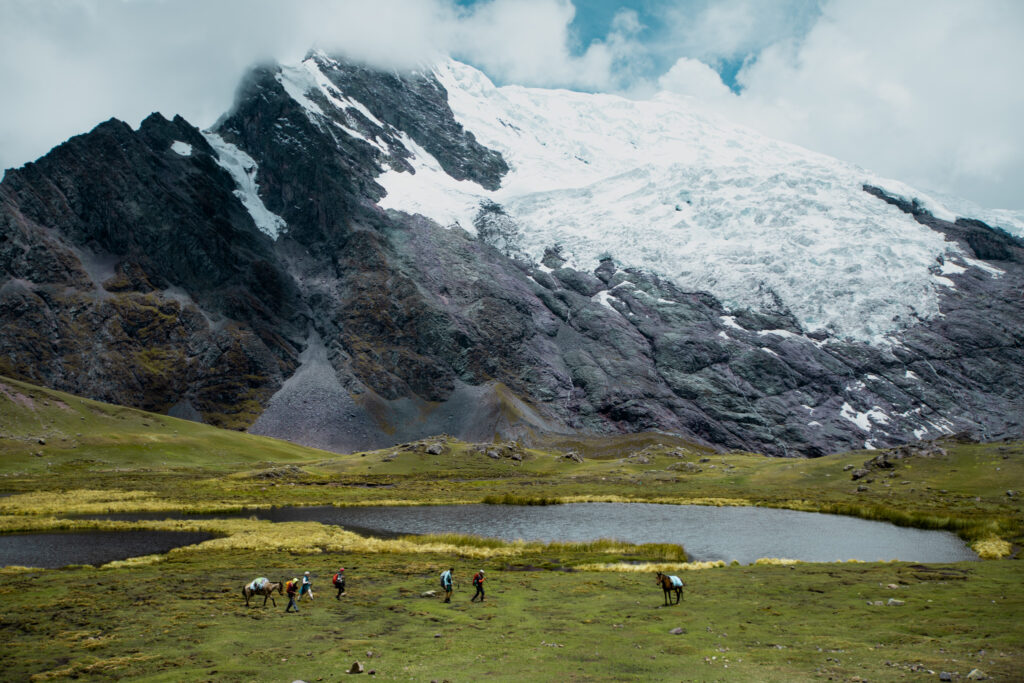
AUSANGATE TREK
The Ausangate hike traces through high elevation ranging between 10,334ft and 16,800ft. The trail takes adventure seekers through landscapes bursting with glaciers, snow-capped mountains, thermal ponds, high flatlands, lush green valleys, multi-colored mountains, peppered with Andean camels (llamas).
This trail is believed to be the most profound pilgrimage in the Andes and is one of the most renowned hikes in Peru.
The Ausangate trek is classified as challenging or Grade C in difficulty due to the altitude gain and with 6-7 hours of hiking per day. Anyone with a good level of fitness can manage this hike, but it is recommended that trekkers have experience with multi-day hikes and high elevations before attempting it.
INCA TRAIL
One of the most popular things to do is to hike one of the world’s most famous hikes – the Inca trail.
Hiking the Inca trail is an experience that will inspire excitement and jealousy amongst your family and friends. This bucket list trip starts from Cusco by car to KM-82 where the magic begins. The trail itself is a narrow path taking you deep into the Peruvian countryside and high into the Andean mountains with stunning lush green vegetation alive with birds, llamas, alpacas, and other small wildlife. The seemingly endless valley view shows incredible Inca sites laid out like breadcrumbs along the way to the Sun Gate and through to Machu Picchu.
Keep in mind, due to the popularity of this trek, there is a limited number of permits available per day. We recommend booking 4-6 months in advance. There is also an option to hike this trail over 5 days and see Machu Picchu twice. Contact us for more information if interested!
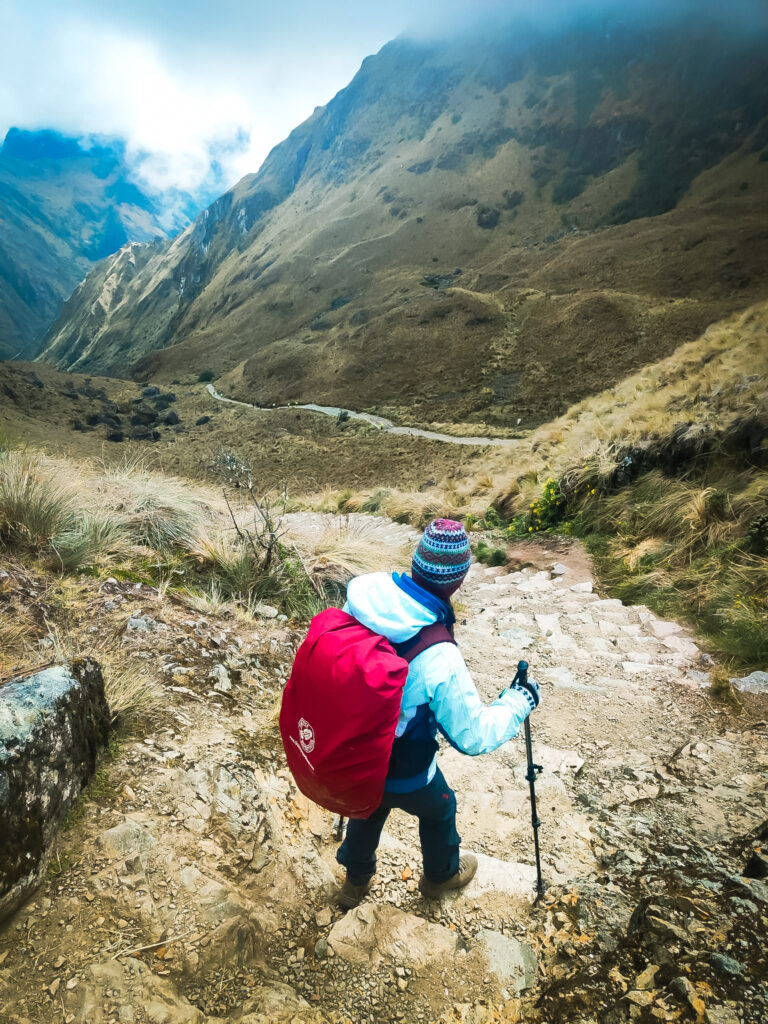
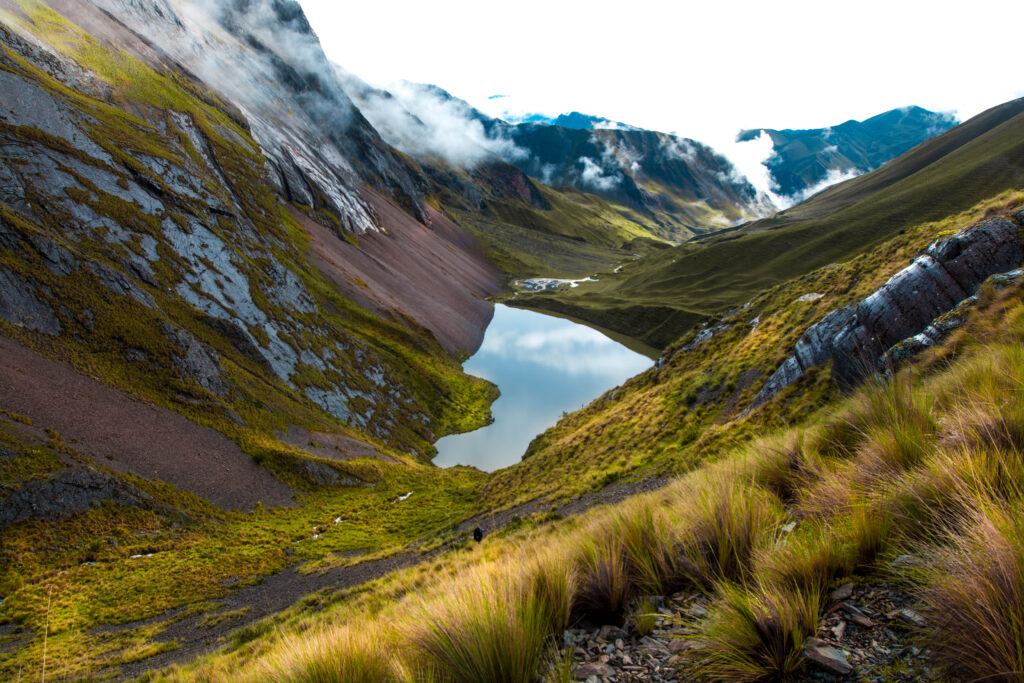
ANCASCOCHA TREK
The isolated Ancascocha trek is a true adventure for those craving a chance to commune with nature as you hike the Cordillera Vilcabamba mountain range while walking to Machu Picchu.
This spectacular trail is also known as the other hidden Inca trail- Off the beaten path, stunning, strenuous and challenging due to the altitude gain. With a maximum elevation of 16,270ft and a length 38.44 miles split over 4-days, this one isn’t for the faint of heart.
National Geographic once named the Ancascocha Trek as one of the World’s 20 Dream Hikes.
LARES TREK
The Lares Trek offers something beyond just the beautiful landscapes – this trek shows the traveler exceptional insight into the lives of Andean villagers. This 4 or 5-day trek offers the ideal blend of nature and culture and is the second most famous stretch of the “road” system constructed by the Incas over 500 years ago. As the less-famous sister hike to the Inca trail, Lares is the perfect way to follow in the footsteps of the ancient Incas without crowds so you are guaranteed to get a far greater connection to the local Peruvian culture.
The Lares trek is commonly seen as the least physically demanding option for hiking to Machu Picchu. The highest elevation is 15,786 ft on the 26.7 mile trail with 6-7 hours hiking per day.
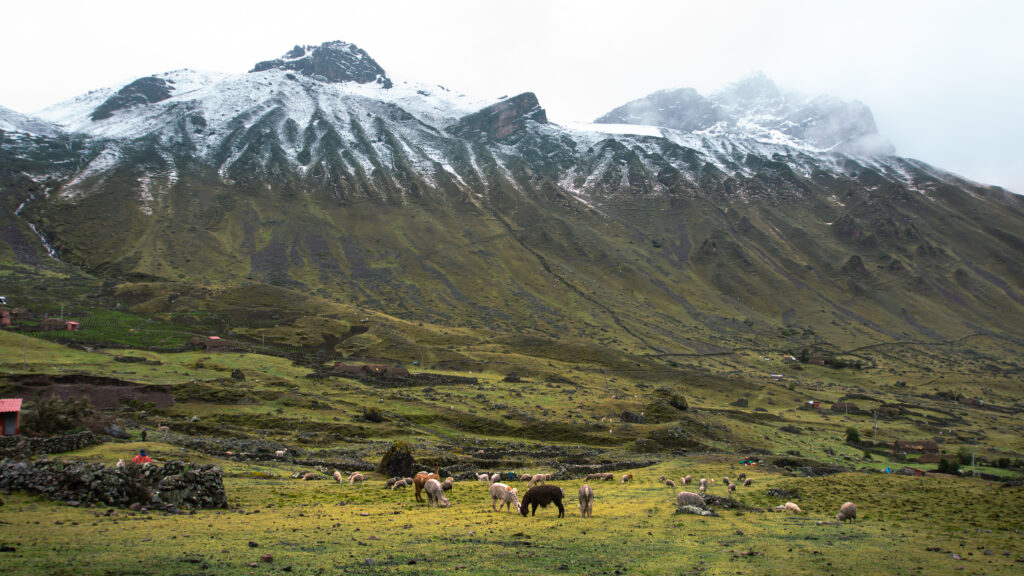

HUARAZ- HUAYHUASH TREK
While we’re biased towards hikes in the Cusco region, we can’t have a list of the best hikes in Peru without including the Huayhuash Trek.
With a starting point in Huaraz, located in north-central Peru, this trek takes you through one of the most impressive mountain ranges in the world, the Cordillera Blanca.
Snow-capped mountains above and dry plains below paint a stunning juxtaposition of colors and natural landscapes that will make you want to keep coming back again and again.
The complete Huayhuash circuit is 10-12 days, but we offer a consolidated 7 day trek with the best highlights at a pace of 6-8 hours a day. This mini Huayhuash trek could be noted as one of the most physically and emotionally challenging treks in the country, but certainly also one of the most rewarding.
No matter which of the hikes above interests you the most, there are a few things all of them have in common:
- Weather in the Peruvian Andes is typically grouped into two seasons, rainy season (wet/ November to mid April with the peak in late January to early March) and dry season (cold at night/ May to September). There really isn’t much fluctuation in terms of temperature throughout the year (nighttime lows -10 to 0 C, daytime highs of 18 to 22 C)
- The best time to do these trails is between May and October because there are clearer days and sunnier weather to take in the beautiful scenery. The rainy season may sound less ideal, but the clouds and rain make everything green and lush while adding some mysticism to the landscapes that could be perfect for some photographers or trekkers who want to avoid the crowds.
- The Inca Trail is closed during the month of February due to the rainy weather and risk of landslides.
- Most of the visiting trekkers live at lower altitudes in their home countries and they are not used to breathing thin oxygen. It’s highly recommended to give yourself time to acclimate to the altitude by spending 2-3 days in Cusco (or Huaraz for the Huayhuash trek) before you hit the trail. This will help you to reduce the risk of altitude sickness.
- Most of these treks can be completed by trekkers of any fitness level. The terrain is not difficult to navigate. It is just a matter of taking your time, preparing for the altitude, and having good humor. From there, we will take care of the rest.


